Architect workloads reverse recent downward trend
Positive workload forecasts were returned by all nations and regions in the latest RIBA future trends workload index, reversing the recent downward trend. The balance figure rose significant in March 2016 to +31, up from +21 in February. Practices in the North of England were the most optimistic.
Large practices (51 or more staff) remain the most positive. Medium-sized practices (11 to 50 staff) saw a boost in confidence levels (balance figure +48). Small practices (up to 10 staff) were upbeat, but to a lesser degree, with a balance figure of +28.
The commercial sector saw the biggest increase in the latest figures, rising to +18 (up from +10 in February).
Private housing remained the strongest-performing sector, despite the forecast falling marginally to +28, compared to +31 in February.
RIBA executive director members Adrian Dobson said: ‘Commentary from participating practices continues to be generally positive. This is tempered by concerns that fee levels remain under pressure, and the recent volatility of our key workload index suggests some uncertainty about the profession’s economic outlook.
‘Practices are not anticipating a significant increase in public- and commercial-sector work. However, many reported an increase in enquiries and work in progress from the bespoke residential and domestic extension markets. Once again, the private housing and commercial sectors represent the largest areas of growth.’







